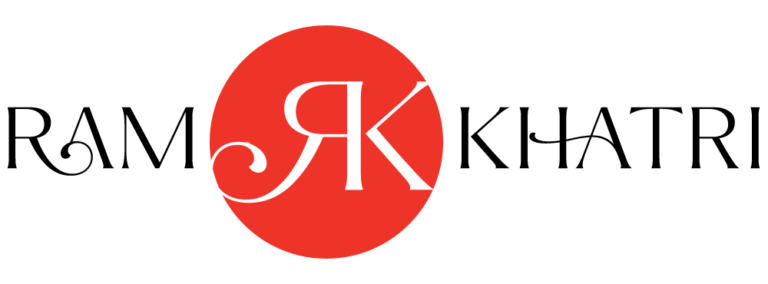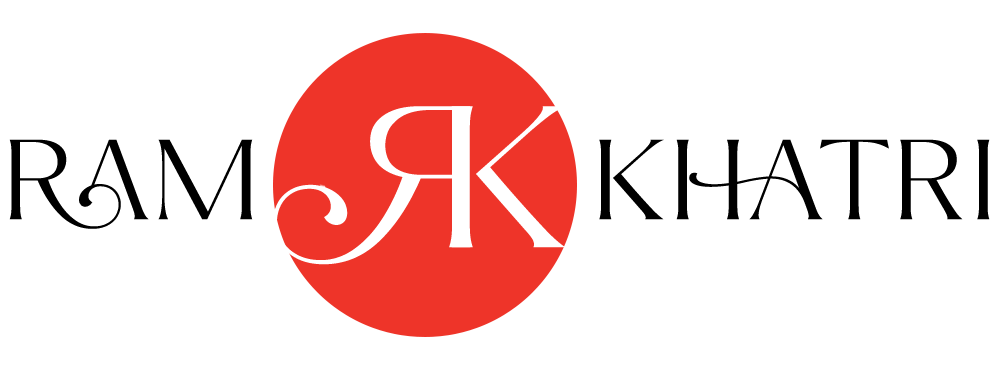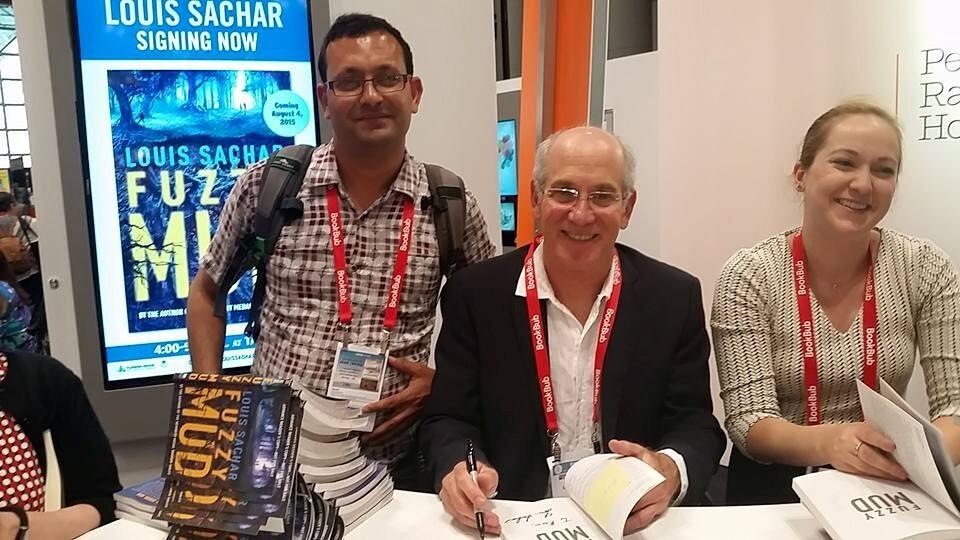The favourite publishing model of many authors is still traditional publishing. This does not mean that other publishing models do not work. If an author has a big platform, money to spend for publishing, but no time for the lengthy process of traditional publishing, self-publishing can be the best choice
In recent times, we can see diverse publishing models in the book market practised more often than ever by American and European publishers. These models range from traditional publishing and self-publishing to serialised publishing and crowdfunding model. These different types of platforms are available to authors who want to publish their work. It is true that you want to reach the largest audience possible, but there is something to be said about picking the most valuable platform for you The traditional publishing model is considered the most prestigious model in the book publishing industry.
It is practised mostly by the big 5 publishers and majority of independent publishers.
Under the traditional model, authors usually start their publishing journey with literary agencies with a query letter and sample chapters of their finished manuscripts. Literary agencies prefer a query letter and a short author bio for fictional works. For non-fiction works, the author seeking this route should have a few chapters of their finished manuscript ready to be sent to the agents.
Literary agencies specifically look at the author’s platform, online presence and saleability of the manuscript.

If accepted for representation and later publication, the authors receive an author advance (also called “advance against royalty”). During this phase, the literary agency that is representing the author decides the terms and conditions, and the negotiation period begins.
Some small or mid-sized indie publishers may even take author submissions directly, so authors can bypass the literary agencies. The Publishers Marketplace and the website of publishing veteran Jane Friedman can be important resources for authors who are actively looking for literary agencies and publishers.
Self-publishing can be a great choice for the authors who have money and who can’t wait the lengthy and complicated process of traditional publishing. In this model, the authors can be their own publisher by handling all publishing tasks, such as hiring editors, designers, marketers, and more. Second, they can reach out to a self-publishing service company to do those things for them.
The self-publishing service companies can have different names, such as hybrid publishing, relationship publishing, and more. Note though that it is costly and does not guarantee the sale of books.
This doesn’t mean this model does not work. The self-publishing model can be useful to attract the attention of traditional publishing, and if an author really works hard, this may give unexpected results to the self-published authors.
Two of the self-published authors with massive success are John Locke and Amanda Hocking. Under this model, instead of getting an author advance, the author pays for everything to publish the book. If authors choose to self-publish their own, Amazon Kindle Direct Publishing and Ingram Spark are the most popular choices.

Start-up publishers tend to do a lot of experiments to compete with the mainstream book market. One such experiment is serialised publishing, which refers to publishing fragments or chapters in bite sizes. Though this model was practised by Stephen King in the early 1980s by serialising his novel The Plant, this model has been back in practice lately.
Under this model, readers are allowed micro-payments, paying only for the chapters they read. Serialised publishing helps authors build an audience from their early phase of writing their manuscript by sharing or selling their part of their novel. After the authors finish publishing their manuscript in serials or chapters, they can have their work published under the self-publishing model or traditionally published.
Most recently, well-known serialised publishing platforms include Wattpad, Amazon’s Kindle Vella, and Substack’s Newsletter Publishing.
Salman Rushdiehas also started publishing his novel through Substack’s service.
In simple terms, crowdfunding model of publishing is a book pre-order campaign. Under this model, the author or small publisher shares the publishing plan and story ideas through prestigious crowdfunding platforms among the potential audience.
The author starts building his audience from his close circle of contacts and informs them by sharing his updates while still working on his book project ahead of launching the crowdfunding campaign. If potential readers love the author’s work, they will be engaged in his campaign, adding a high chance for success.
The well-known funding platforms specialising in creative projects related to books, literature and arts are Kickstarter and Indiegogo.
Thousands of authors and creators have successfully completed their book projects on Kickstarter, and one of the record breaking massive successes under this model was Good Night Stories for Rebel Girls, an illustrated children’s book by Elena Favilli and Francesca Cavallo.

In this model, the author or the project creators start the publishing process of books and rewards that were promised to the backers after the campaign met the financial goal. In crowdfunding, the author or project creator has control, but he or she should still build their audience and brand throughout the entire process.
The favourite publishing model of many authors is still traditional publishing.
This does not mean that other publishing models do not work. If an author has a big platform, money to spend for publishing, but no time for the lengthy process of traditional publishing, self-publishing can be the best choice.
If the author has enough time to build an audience from the start of writing, serialised publishing can be an option. For the author who can build an audience from start and doesn’t mind sharing her/his story idea ahead of publishing, the crowdfunding model of publishing is the way to go.
Khatri, translator of Franz Kafka’s The Metamorphosis in Nepali, is currently working on the Kickstarter crowdfunding campaign for his serial graphic novel, Justice
A version of this article appeared in the online and print on February 3, 2022, of The Himalayan Times.


